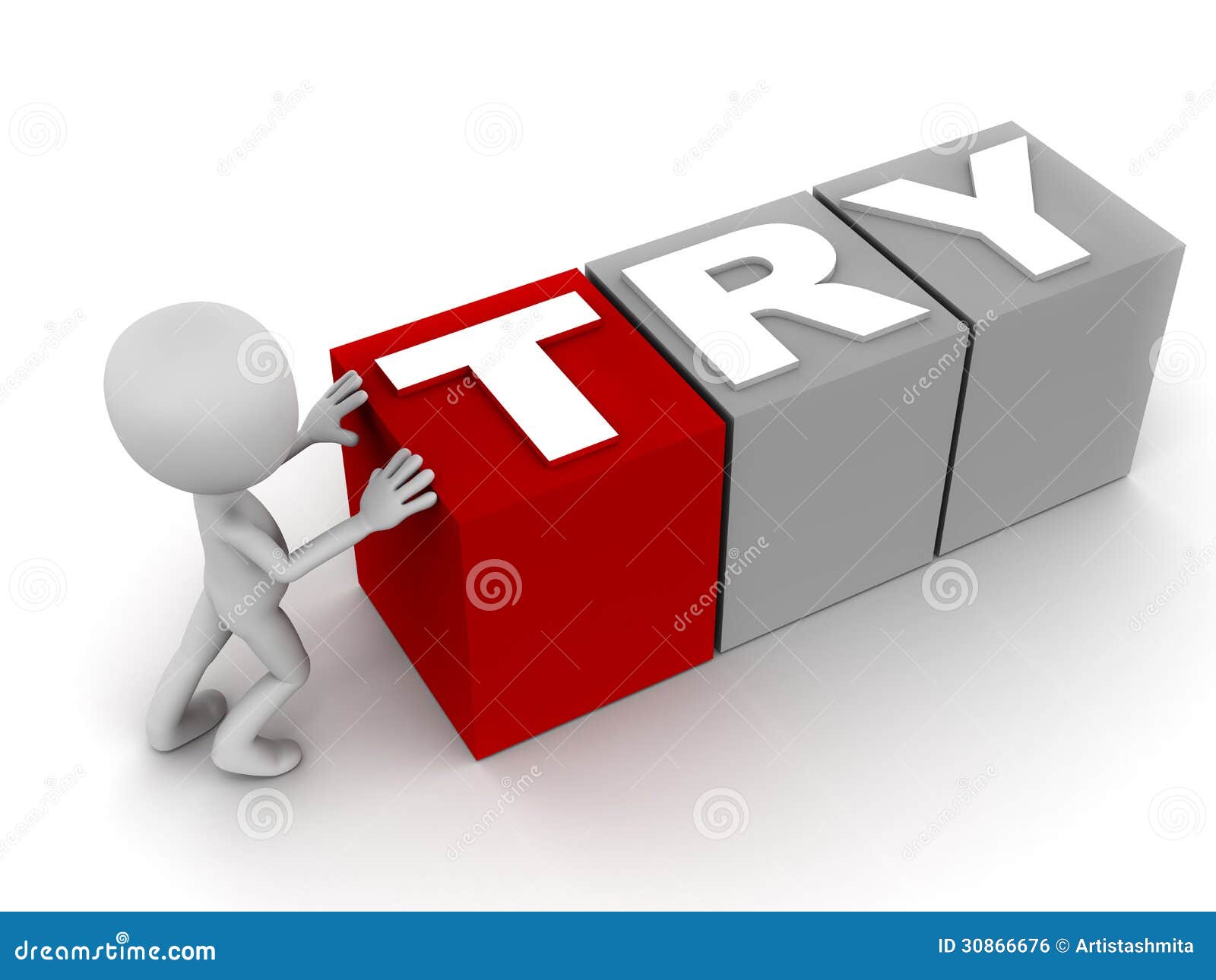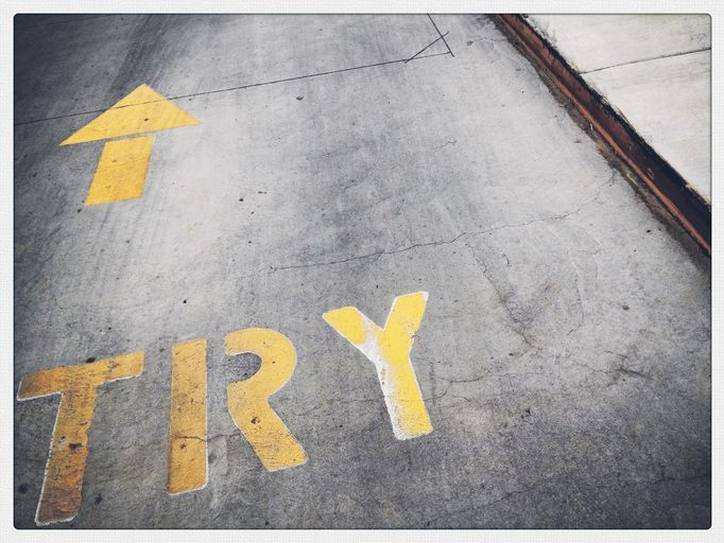Understanding Try.p - Making An Effort
Have you ever stopped to think about how often we use a particular little word, almost without a second thought, that carries a surprising amount of meaning? It’s a word that pops up in our conversations all the time, from the simplest everyday tasks to our biggest aspirations. This word, "try," forms the core of so many actions and intentions, showing up in more ways than you might initially imagine. It’s a pretty fundamental piece of our language, really, one that shapes how we talk about making things happen.
At its very heart, the idea of "try" is about making a move, putting forth some kind of effort to do something. It’s that initial push, the moment you decide to act instead of just thinking about it. Whether it's a small task or a bigger project, "try" signals an intention to engage, to give something a go. It’s the starting gun, in a way, for almost any action we consider taking, you know, in our daily lives.
But this simple word is surprisingly flexible. It can mean testing something out to see if it works, or putting in a whole lot of dedicated effort to reach a goal. It can even refer to a formal process in a court of law. So, in some respects, it’s a tiny linguistic powerhouse, adapting to a wide range of situations and conveying different levels of commitment and purpose, which is that pretty interesting thing about it.
Table of Contents
- What Does it Mean to try.p?
- How Do We Use try.p in Our Sentences?
- When Do We try.p Something Out?
- Is try.p Always About Success?
- How Does try.p Compare to Other Words?
- Making a try.p - Everyday Actions
- The Deeper Sense of try.p
- The Legal Side of try.p
What Does it Mean to try.p?
When we talk about "try," what do we really mean? Well, essentially, it's about making a move to do something, you know, like when you put forth some kind of effort. It's the basic idea of giving something a go, seeing if you can make it happen. For instance, if you're thinking about building a model airplane, you'd probably "try" to put the pieces together. It's that initial push, the moment you decide to act rather than just think. So, too it's almost the starting point for almost any action we consider, a very fundamental concept in our daily speech.
This word, "try," is a very common one, perhaps the most general way we talk about making an effort. It covers a pretty wide range of situations, from something really simple to something quite involved. You might "try" a new kind of food, which is a fairly straightforward thing, or you might "try" to learn a new language, which is a much bigger undertaking. It just goes to show how versatile this little word truly is, fitting into so many different parts of our conversations and daily happenings, in a way. It’s a word that we rely on constantly to express our intentions and actions, whether big or small, basically.
Sometimes, the idea of "try" is about figuring something out, like trying to figure out a puzzle or a secret message. It's about putting your mind to something and working at it until you get a result. This can involve a bit of mental effort, you know, trying to piece together clues or make sense of something that isn't immediately clear. It's a bit like an investigation, really, where you are trying to uncover what's hidden or unclear, so. This particular usage highlights the intellectual side of "trying," where the effort is less about physical action and more about mental processing and deduction, which is quite interesting.
How Do We Use try.p in Our Sentences?
Thinking about how "try" fits into our sentences, it often shows up when we're talking about making an effort to do something specific. For example, you might say, "I'll try to get there by five," which means you're going to put in the effort to arrive at that time. It's usually followed by "to" and then a verb, indicating the action you're aiming for. Or, sometimes, it’s followed by "and" and another verb, like "I'll try and call you later," which means you'll make an effort to do that too. It's a pretty flexible way to express your intentions, you know, your plans to make something happen, allowing for a smooth flow in conversation and clear communication of purpose.
The word "try" also describes the act of putting forth effort, like when you're working on something creative or learning a new skill. Say, you're sketching a picture of a horse; you are "trying" to draw it well. This means you're focusing your energy and attention on that task, doing your best to achieve a good outcome. It's not just about the outcome itself, but the active process of engaging with the activity. This sense of "try" is about the application of your abilities, almost like practicing, in some respects, showing a commitment to the process itself, not just the final product.
Then there's the situation where "try" is about taking a sample or testing something out. Think about when you're at an ice cream shop and you "try" a new flavor. You

Try Royalty Free Stock Image - Image: 30866676

Diferencia entre ATTEMPT y TRY – Blog del Asistente de Bilingüismo

Is 'Try and' Good English? | Merriam-Webster